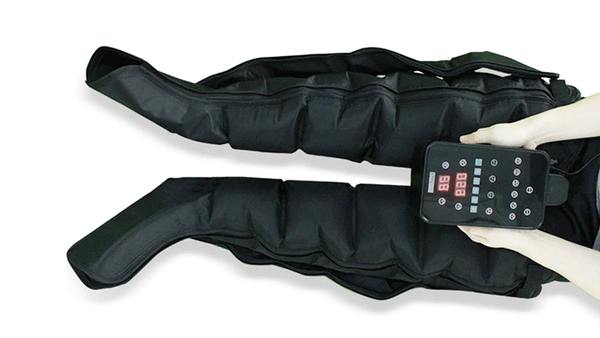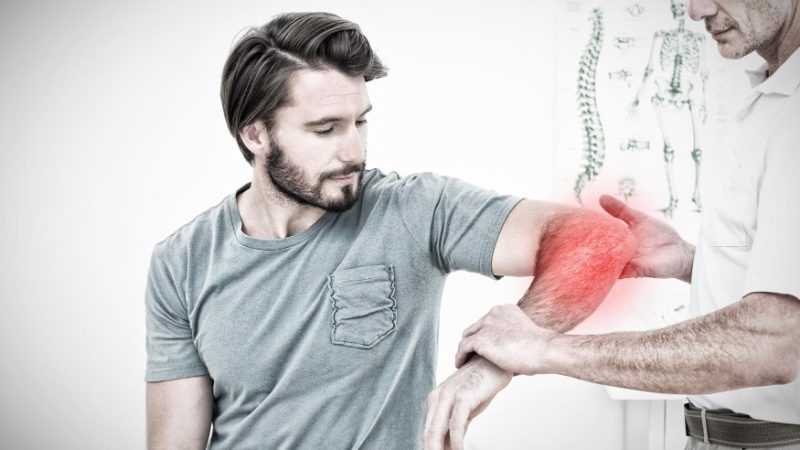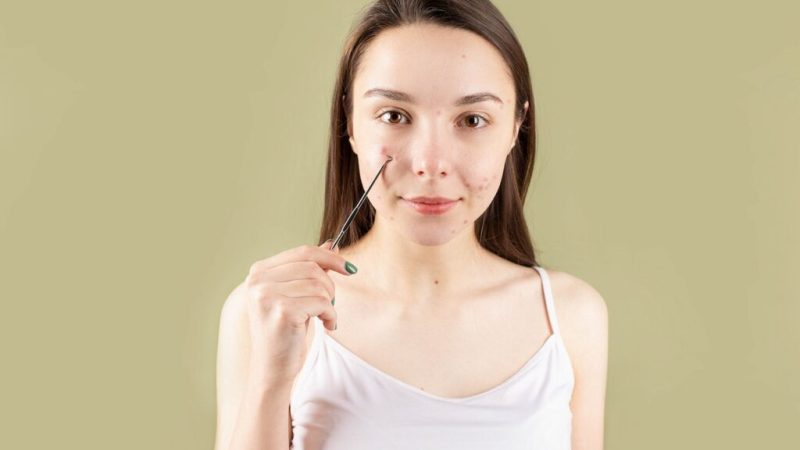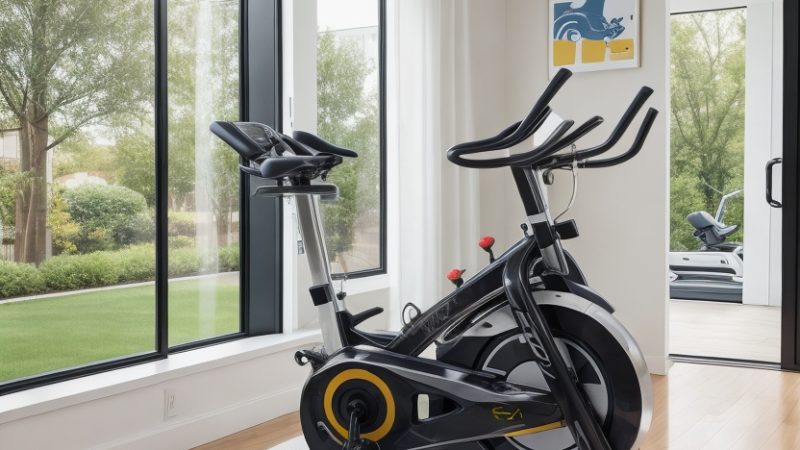Is pressotherapy effective against cellulite?

|
Getting your Trinity Audio player ready...
|
In this article, we will discuss the effectiveness of pressotherapy to treat the appearance of cellulite.
When searching on the internet, one can easily find anything and everything, that’s why we wanted to deal with the subject in depth in order to answer all your questions!
But let’s start at the beginning.
What is the purpose of pressotherapy?
Pressotherapy is a little-known aesthetic treatment that gives excellent results and provides a pleasant feeling of well-being from the very first use.
Pressotherapy can be used to treat cellulite because its action affects venous and lymphatic circulation, which is good both aesthetically and for your health.
It can therefore combat and treat imperfections such as water retention and dimples, oedema, etc.
The instruments used send pressure to the body tissues, dosed according to the subject, through a centripetal sequence that follows those of the venous blood and lymph, according to the rhythm of the body.
This type of sequence allows an easier entry of the interstitial liquid in the lymphatic vessels and facilitates the movement of the body, which is why it is called pressotherapy.
This treatment is mainly used for the legs and can be combined with other therapies and aesthetic treatments: manual massages, specific bandages with essential oils, algae packs, etc.
The benefits of pressotherapy (see results of observations), are a toning of the tissues with the elimination of excess liquids and an improvement of the circulation, (which gives the person a feeling of lightness and real well-being to the legs), hence positive effects both external and internal, for the functioning of the body and for your relaxation.
Pressotherapy can also be used in the presence of circulatory insufficiency, reactive skin fibrosis, oedema lymphatic stasis and post-surgical treatment, joint disorders, lymphatic drainage, cellulite, swelling, distortions and sciatica.
However, pressotherapy is not suitable for everyone. Indeed, it is not suitable for those who suffer from varicose veins, heart or arterial insufficiency, skin lesions, linfangitis, thrombophlebitis, osteoporosis, tumors, peripheral arterial insufficiency and plessopathy.
How does a pressotherapy device/boots work?
Basically, pressure therapy boots have a sheath with different bands that inflate and deflate.
The sheath begins to inflate the different parts of the leg, starting from the external part to the thighs, and then deflates completely, thus following the natural course, favouring the accumulation of liquids and toxins towards the kidneys and their consequent expulsion.
The compression system, controlled by the computer (the control console), focuses on the movements of the venous and lymphatic flow. In this way, the oxygenation and revitalization of the tissue helps both to lose weight and to redefine the body by firming up the skin and strengthening muscle tension, making it a very valid alternative to the usual anti-cellulite solutions.
Pressotherapy to fight against cellulite

In cases where the accumulation of hypodermic fat, skin laxity or fibrosis is more important, pressotherapy can be combined with a vigorous cellulite treatment, such as high-powered, deep-acting radiofrequency and/or high-powered ultrasound, or at least with a vigorous massage specific to cellulite.
Thus, pressotherapy can enhance the effectiveness of other more intensive cellulite treatments by accelerating the transport of fat released by adipocytes (fat cells) out of cellulite tissue.
Contrary to popular belief, fat that is not removed from an area after a lipolytic (fat-releasing) cellulite treatment is usually reabsorbed by the adipocytes, which decreases the effectiveness of the treatment.
Since pressotherapy prevents this reabsorption, it is the ideal companion to all other cellulite treatments, as it enhances their effectiveness.
By an alternating movement of compression and decompression, it improves blood circulation in patients suffering from blood system deficiency:
- It stimulates the venous return and thus contributes to the disappearance of the oedemas responsible for the feeling of heavy legs.
- It also exerts a dynamizing action on the lymphatic system, and thus helps to better eliminate waste and toxins.
Course and duration of a pressotherapy session
Lying comfortably on your back, your legs should be slightly elevated. The practitioner puts on the accessories on the different parts to be treated, protecting your legs with underboots beforehand.
The session lasts from 15 to 30 minutes, but can last up to an hour. It can be repeated several times a week at first, for an attack treatment.
For a half-hour session, prices vary from 40 to 80 €. There are also significant differences if the treatment is performed by a physiotherapist or in a spa.
The number of sessions required depends on the problem being treated and the results expected. Once you have completed the initial treatment phase, you can continue with a monthly maintenance session.
Pressotherapy: what are the contraindications?
The pressotherapy treatment has few contraindications. However, it is not suitable in cases of heart failure, phlebitis, tumors, untreated hypertension, or/and open wounds.
The treatment can be practiced on pregnant women, to relieve the sensation of heavy legs, at low pressure, and of course, without the use of the abdominal belt.






